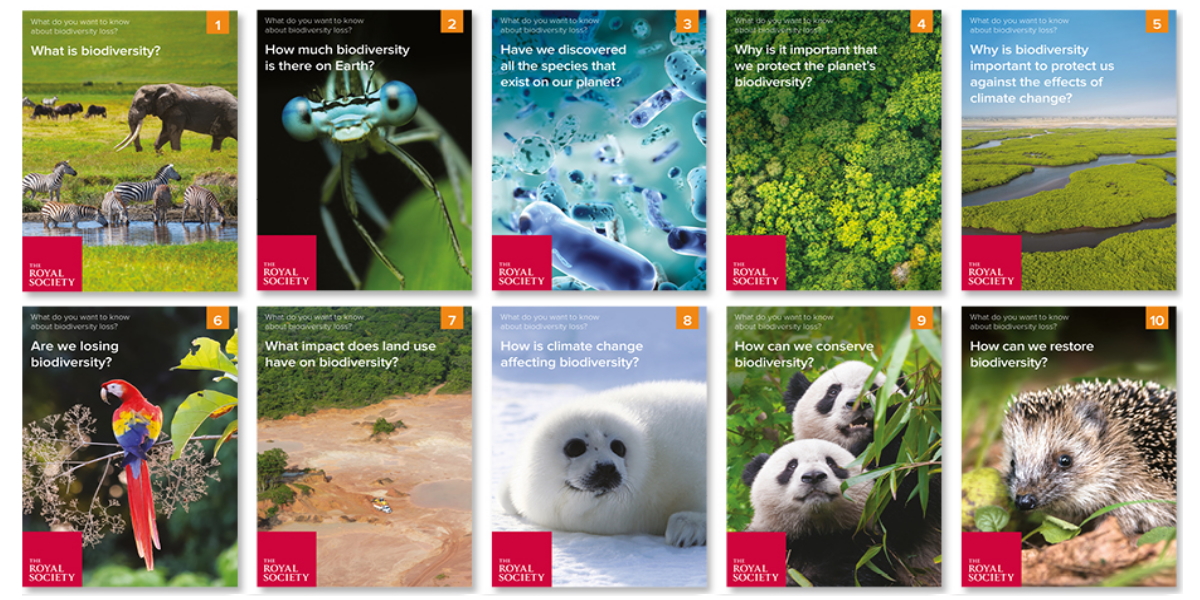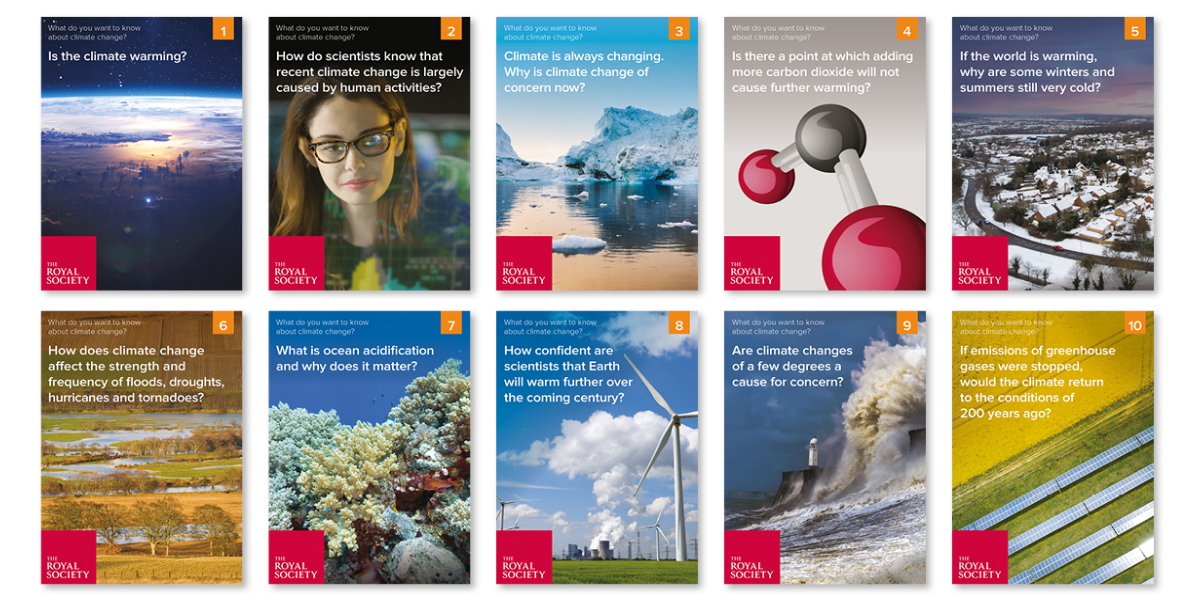Filters
Clear allSubject
- Careers (47) Apply Careers filter
- Climate Change (18) Apply Climate Change filter
- Computing (105) Apply Computing filter
- Creative arts and media (12) Apply Creative arts and media filter
- Cross curricular (99) Apply Cross curricular filter
- Design and technology (338) Apply Design and technology filter
- Engineering (115) Apply Engineering filter
- Food Preparation and Nutrition (38) Apply Food Preparation and Nutrition filter
- Mathematics (475) Apply Mathematics filter
- Psychology (3) Apply Psychology filter
- Science (615) Apply Science filter
- Space (7) Apply Space filter
- STEM Ambassadors (26) Apply STEM Ambassadors filter
- STEM Clubs (17) Apply STEM Clubs filter
Age range
Type
- Activity sheet (541) Apply Activity sheet filter
- Article (4) Apply Article filter
- Assessment (11) Apply Assessment filter
- Audio (7) Apply Audio filter
- Data set (19) Apply Data set filter
- Experiment (8) Apply Experiment filter
- Game (16) Apply Game filter
- Group work (20) Apply Group work filter
- Image (40) Apply Image filter
- Information sheet (155) Apply Information sheet filter
- Interactive resource (28) Apply Interactive resource filter
- Open-ended task (5) Apply Open-ended task filter
- Poster (22) Apply Poster filter
- (-) Remove Presentation filter Presentation
- Quiz (14) Apply Quiz filter
- Research (7) Apply Research filter
- Self assessment (2) Apply Self assessment filter
- Teacher guidance (769) Apply Teacher guidance filter
- Textbook (5) Apply Textbook filter
- Video (117) Apply Video filter
- Include Physical Resources (26155) Apply Include Physical Resources filter
Showing 1283 results
From ARKive, this creative activity is designed to teach 7-11 year olds about endangered species, what it means to be endangered and what causes a species to become endangered. It also features examples of conservation in action and ideas for how the students can help. After a presentation, each student is given an...
This activity can be used to explore the relationship between shape and hydrodynamics (resistance).
Curriculum links include aerodynamics, resistance, forces, buoyancy and thrust. There are a number of useful links to...

These evidence-based, question and answer style classroom resources can be used to engage students of all ages...

These evidence-based, question and answer style classroom resources can be used to engage students in the climate...
In this resource a presentation and linked activities provide design and technology teachers with opportunities to highlight the different values and beliefs that designers may hold. Students can engage in exploring their own values about the responsibilities of designers and companies too. The presentation ...
With the increasing pressure of a growing human population it is becoming increasingly difficult to conserve natural habitats. Ultimately, not every green space can be afforded conservation protection. This field study encourages students to act as environmental scientists to compare different habitats and decide...
This activity has been designed to connect primary teachers, pupils and schools with staff from a wide range of job and career roles in the Environment Agency. It is guidance on how an Environment Agency STEM Ambassador can talk to children to inspire them with their enthusiasm for their role at the Environment...
A function is defined so that f(xy) = f(x) + f(y) for all positive integers x and y. Students are given the value of f(10) and (40) and are challenged to determine the value of f(500).
In each student worksheet contains different values for f(10) and f(40) but for...
A triangle is shown divided into two regions by a straight line, resulting in the triangle being split into a smaller triangle and a cyclic quadrilateral. A task is set to determine the ratio of an angle and an opposite side. In each of the numerical examples given the answer to 6 significant figures is 14.
...
This resource focusses on exploring shape, nets, wheels and axles. This activity uses pupil’s prior knowledge of nets to make a base for a vehicle. It then introduces the use of axles and wheels to enable the car to move. It could be used at key stage 1 to develop understanding of the use of axles and wheels in...
In this activity students take on the role of Earth observation scientists submitting a request for an image they would like for their research. This gives them the opportunity to consider the possibilities of pictures taken from orbit (and the limitations) and to write scientifically for a specific audience. It...
In this activity students take on the role of Earth observation scientists submitting a request for an image they would like for their research. This gives them the opportunity to consider the possibilities of pictures taken from orbit (and the limitations) and to write scientifically for a specific audience. It...
In this activity children take on the role of Earth observation scientists submitting a request for an image they would like for their research. This gives them the opportunity to consider the possibilities of pictures taken from orbit (and the limitations) and to write scientifically for a specific audience. It...
This resource looks at life-cycle analysis and how it is used to work out the environmental impact of different products.
